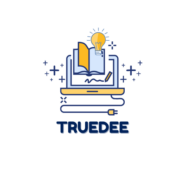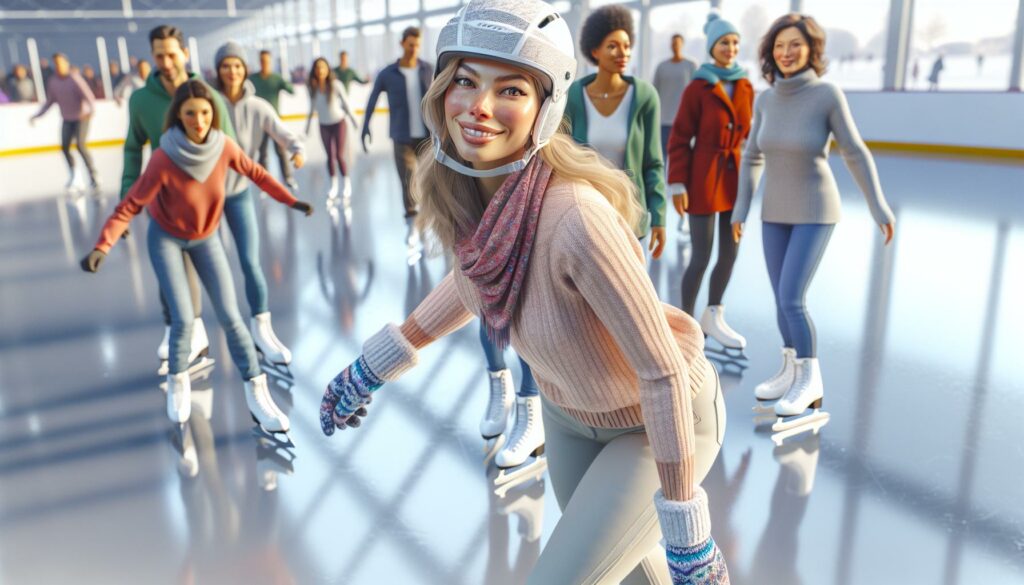Ice skating might seem like a childhood pastime, but it’s never too late to lace up your skates and hit the rink. As an adult, the idea of learning to ice skate can be both thrilling and intimidating. I remember my first time stepping onto the ice, feeling a mix of excitement and nerves. The good news is that with a little patience and practice, anyone can master this graceful sport.
- It’s Never Too Late: Adults can successfully learn ice skating at any age with patience and practice.
- Fundamentals Matter: Understanding the basic techniques and maintaining proper balance is essential for progress.
- Proper Equipment: Choosing well-fitting skates and using safety gear, such as helmets and gloves, enhances safety and comfort.
- Health Benefits: Ice skating improves cardiovascular health, strengthens key muscle groups, and can aid in weight management.
- Overcoming Challenges: Address fears and build endurance through consistent practice and positive reinforcement strategies.
- Find the Right Class: Selecting adult-focused classes can offer a supportive learning environment tailored to beginners’ needs.
Learning to Ice Skate as an Adult
Learning the fundamentals of ice skating establishes a solid foundation for improvement. Proper equipment plays a critical role in skating success, making it essential to understand what to choose and how to use it.
The Importance of Proper Equipment
Using the right equipment significantly enhances safety and comfort while skating. Skaters need supportive ice skates that fit well and provide ankle stability. A helmet protects against falls, especially for beginners. Gloves keep hands warm and improve grip on the skate edges. Comfortable clothing allows for freedom of movement, essential for practicing techniques.
Choosing the Right Skates
Selecting the right skates influences balance and control. Ice skates come in different styles, including figure skates and hockey skates. Figure skates provide a boot with a longer blade for balance during spins and jumps. Hockey skates offer a more aggressive design for speed and maneuverability. Skaters should prioritize fit, opting for snugness without excessive pressure. Trying on multiple pairs helps identify the best option. Rent skates initially to find the most comfortable type before investing in a personal pair.
Benefits of Learning to Ice Skate as an Adult

Learning to ice skate as an adult offers numerous advantages that can enhance both physical and mental well-being. Engaging in this activity can lead to improved health, social interactions, and personal growth.
Physical Health Advantages
Ice skating provides an effective cardiovascular workout, increasing heart rate and promoting overall fitness. It strengthens muscles, especially in the legs, core, and lower back, enhancing balance and coordination. Ice skating burns approximately 300-600 calories per hour, depending on intensity, contributing to weight management. Additionally, the low-impact nature of skating reduces stress on joints, making it a suitable option for many adults looking for a safe, enjoyable form of exercise.
Mental and Social Benefits
Learning to ice skate also promotes mental well-being. It reduces stress through endorphin release, leading to improved mood and overall mental health. Confidence grows as skills develop, encouraging a sense of achievement. Ice skating serves as a social activity, enabling connections with others in classes or at rinks, fostering friendships and community involvement. Engaging in group activities not only combats loneliness but also builds supportive networks, enhancing social skills and emotional resilience.
Common Challenges Faced by Adult Beginners

Ice skating presents unique challenges for adult beginners. Recognizing and addressing these obstacles helps improve the learning experience.
Overcoming Fear and Anxiety
Fear of falling often hinders progress. Skaters can mitigate this anxiety by focusing on stability through proper stance and balance techniques. Practicing on a smooth surface prior to hitting the ice builds confidence. Using supportive equipment, such as helmets and padded clothing, provides extra reassurance. Engaging in positive self-talk and visualization techniques can further reduce anxiety during practice sessions. Connecting with supportive peers during group lessons creates a shared environment where concerns can be discussed openly, fostering camaraderie.
Building Physical Endurance
Endurance plays a crucial role in ice skating. Beginners often experience fatigue when learning the basic techniques. Incorporating strength training and cardiovascular exercises into routine workouts enhances overall stamina. Focus on specific muscle groups, including core, legs, and glutes, helps improve balance and control while skating. Gradually increasing time spent on the ice during each session allows the body to adapt and develop necessary strength. Consistent practice not only enhances endurance but also promotes better technique and confidence on the ice.
Tips for Success in Adult Ice Skating

Success in adult ice skating comes with the right approach and persistence. Selecting the appropriate class or instructor, along with practicing essential techniques, significantly enhances the learning experience.
Finding the Right Class or Instructor
Finding the right class or instructor is crucial for adult learners. Look for classes tailored for adults, as they often create a supportive environment. Check local rinks for beginner courses, and read reviews to gauge instructor effectiveness. Ask about class sizes; smaller groups typically offer more personalized attention. Consider reaching out to instructors directly to discuss their teaching style and experience with adult learners.
Essential Techniques to Practice
Practicing essential techniques solidifies your skills on the ice. Focus on these key areas:
- Balance: Strengthen your balance by standing on one leg while gliding. Transition between legs for improved stability.
- Stopping: Master the snowplow stop for beginners. Angle the skates inward and push outward to slow down effectively.
- Gliding: Practice smooth gliding by pushing off with one foot and maintaining a straight line. Keep the opposite foot close for balance.
- Turning: Work on gentle turns by shifting your weight and angling your body in the desired direction. Initiate turns by looking where you want to go.
- Falling Safely: Learn how to fall safely; bend your knees and roll to your side to protect your wrists.
- Confidence: Increase confidence by practicing regularly in different conditions. Skating with friends or in open public sessions can reduce anxiety.
Commit to practicing these techniques consistently to build skill and confidence on the ice.
Embracing ice skating as an adult can be a rewarding journey filled with excitement and personal growth. I’ve found that the thrill of gliding on ice brings not only physical benefits but also boosts my mental well-being. The challenges I faced along the way have only made me more resilient and confident.
With the right equipment and a supportive environment, anyone can learn to skate. It’s all about patience and practice. Whether you’re looking to improve your fitness or connect with others, ice skating offers a unique opportunity to enjoy life and have fun. So lace up those skates and hit the ice—your adventure awaits!

